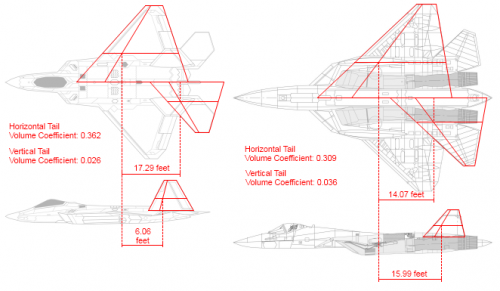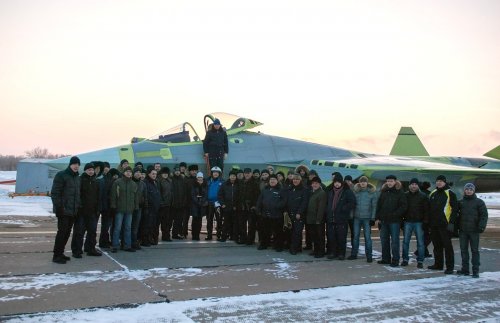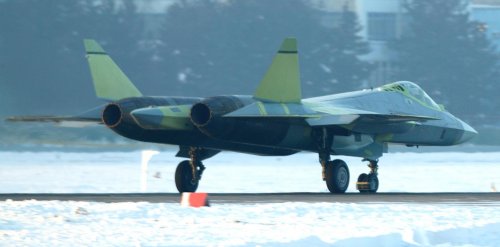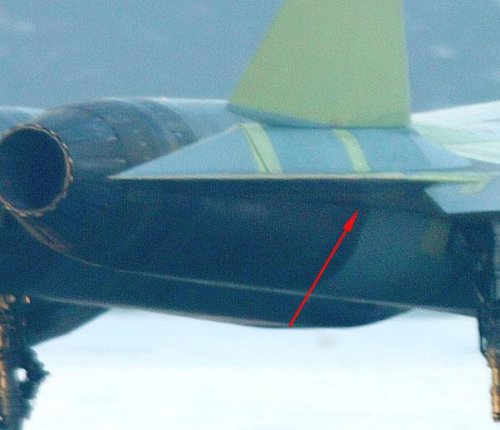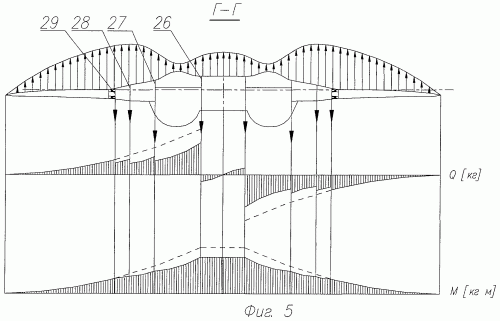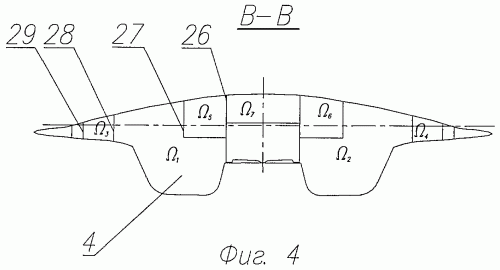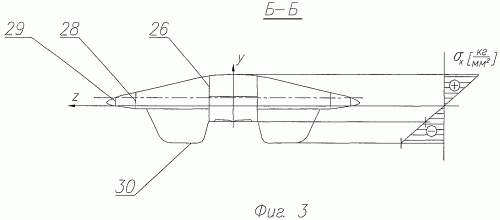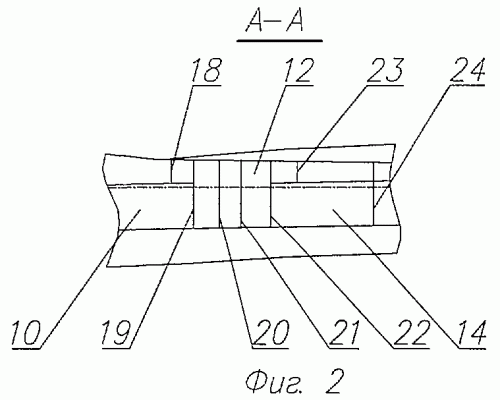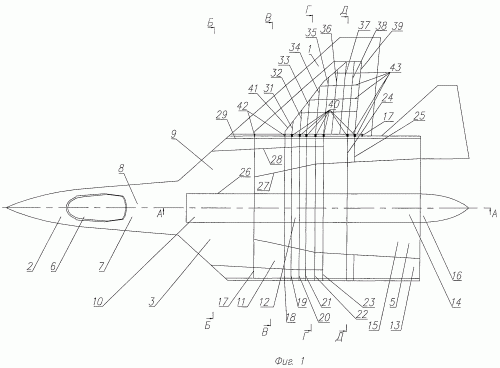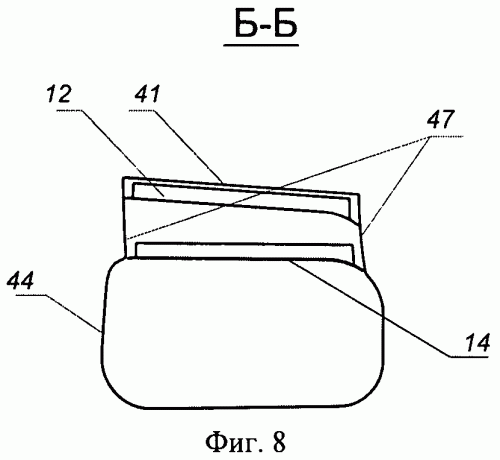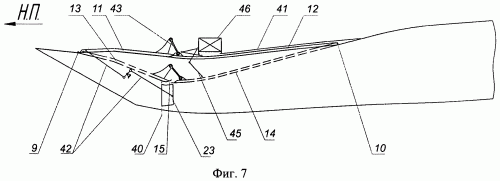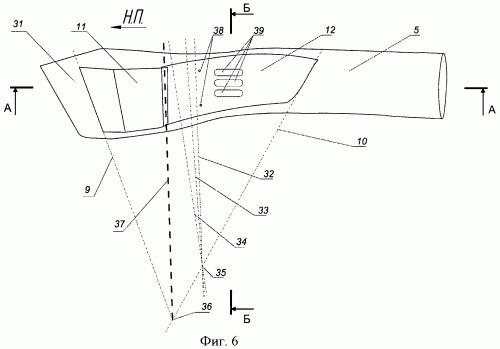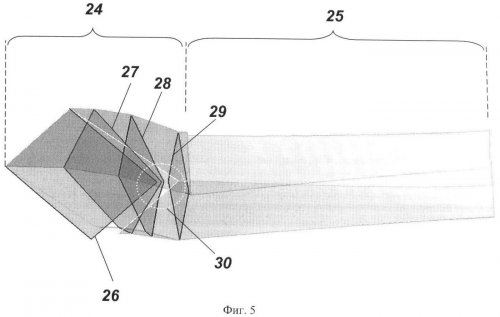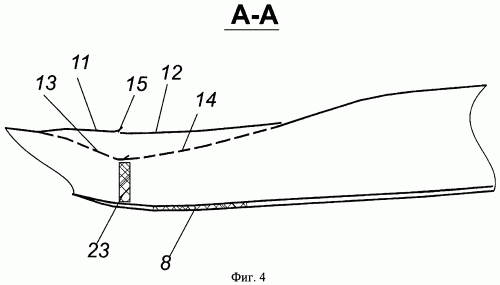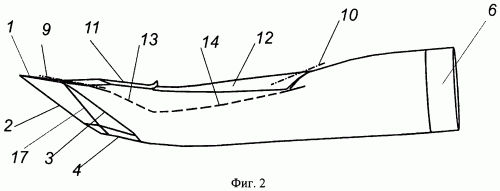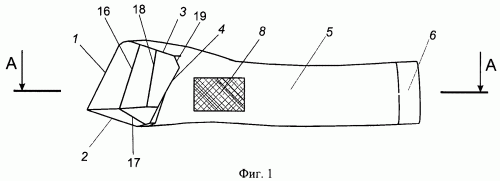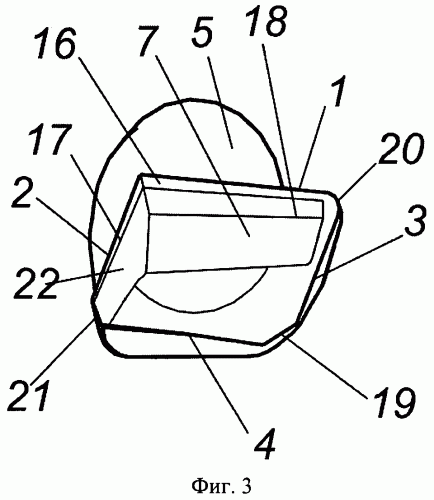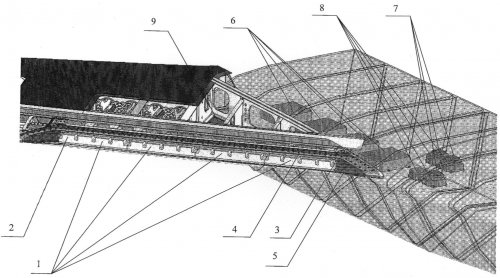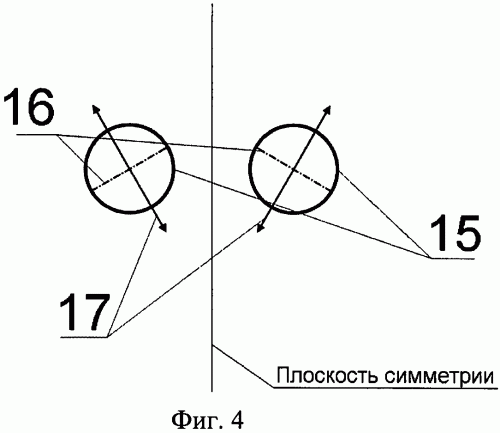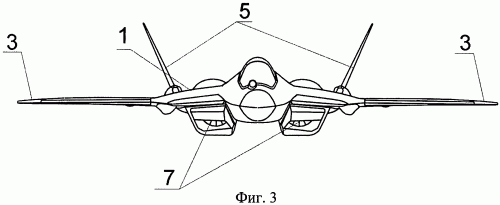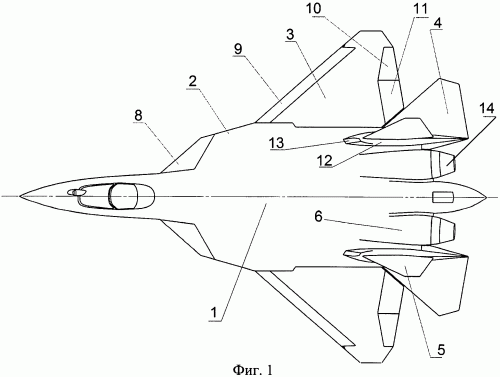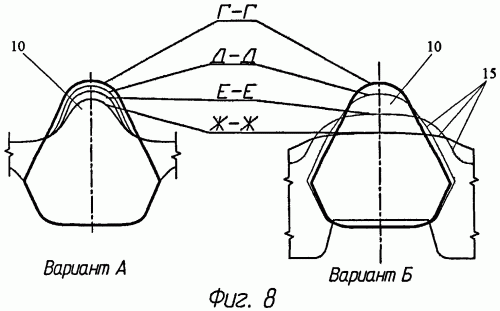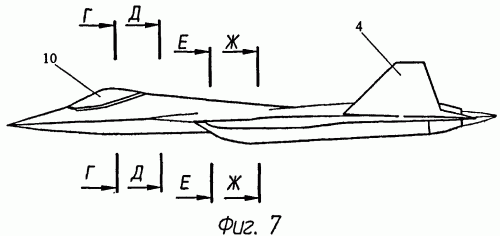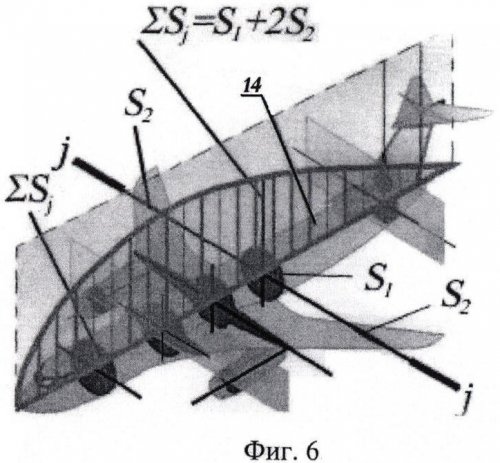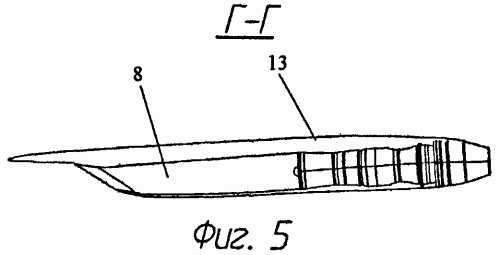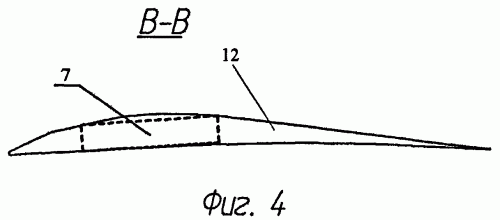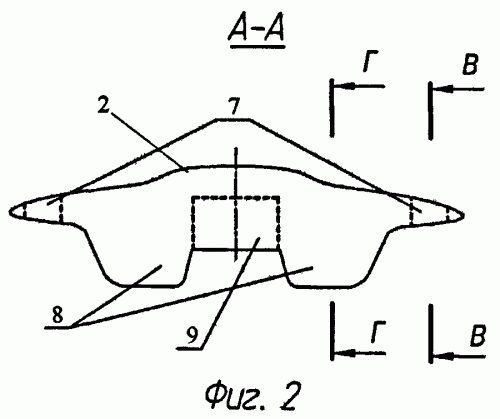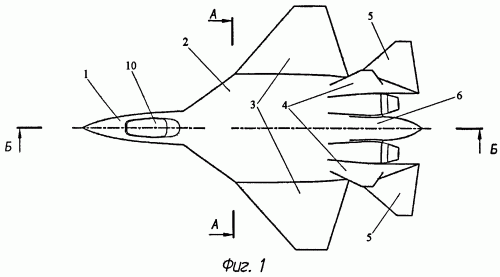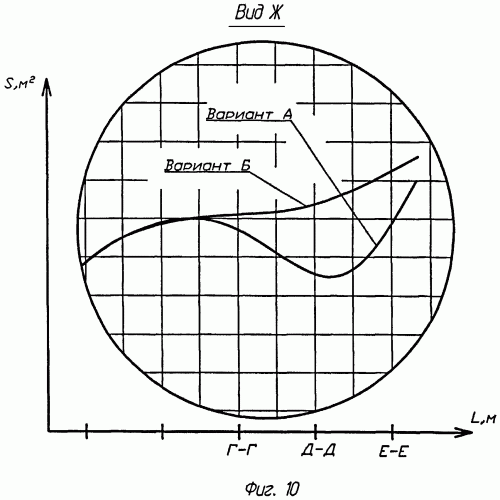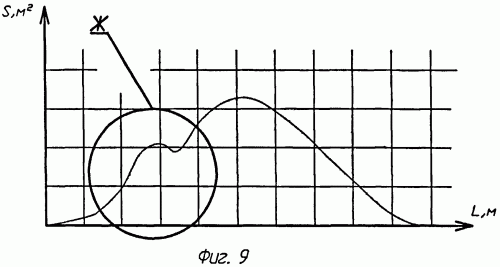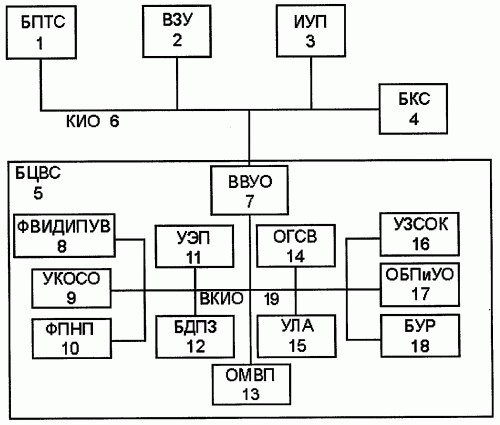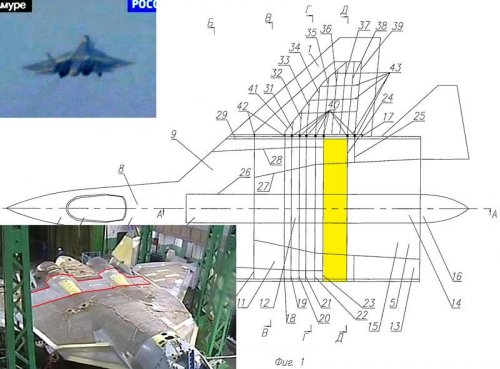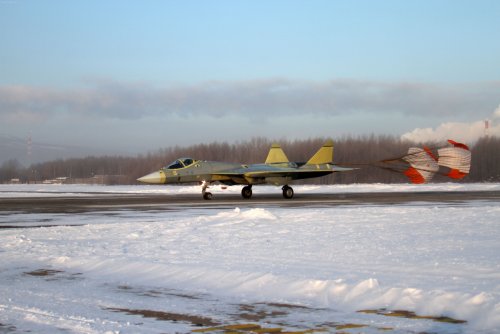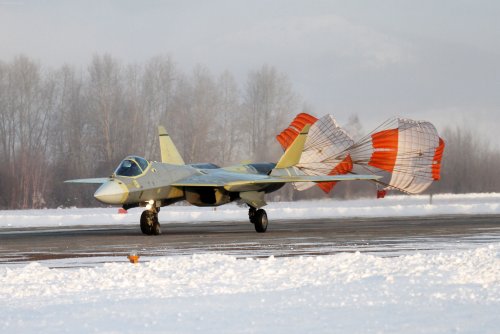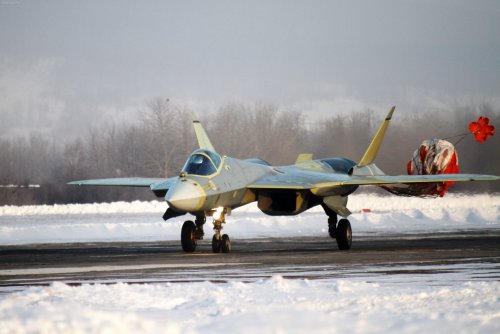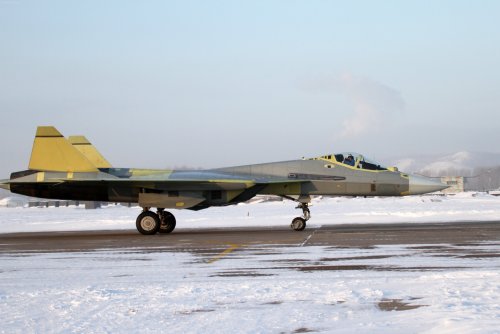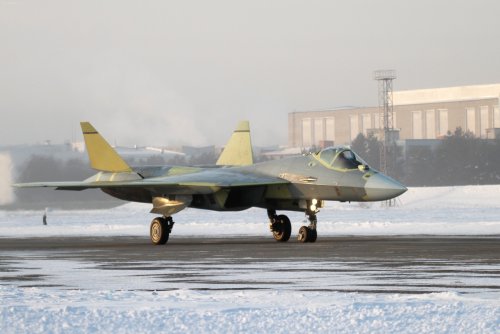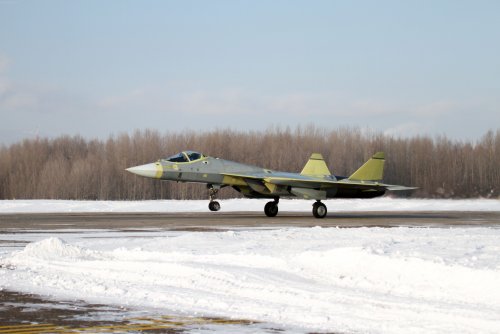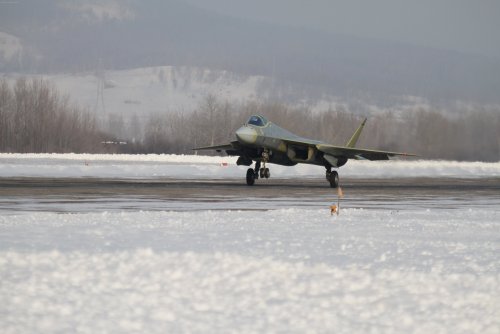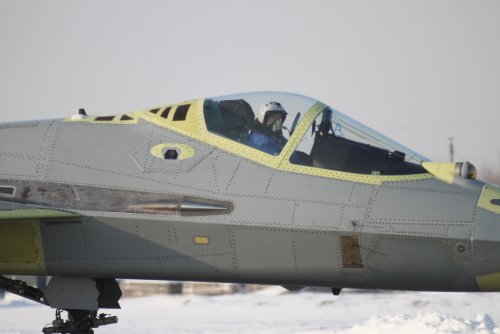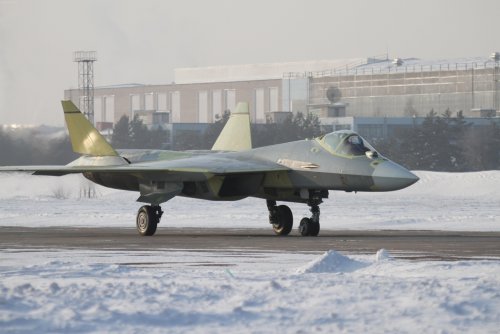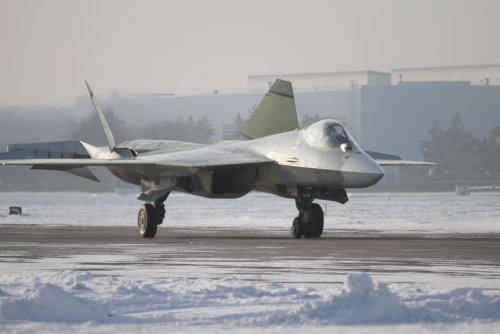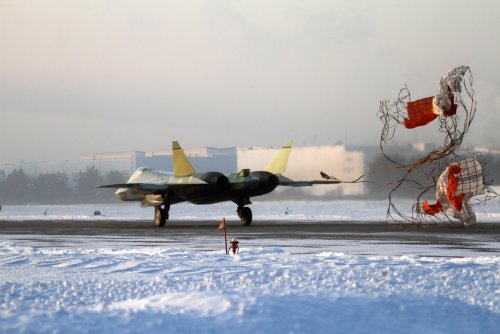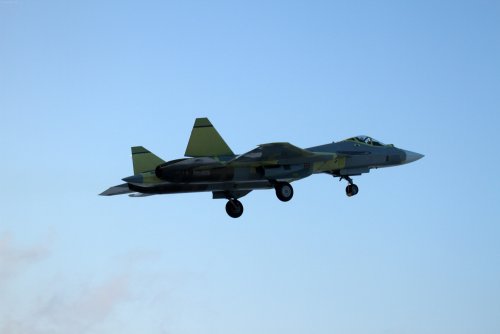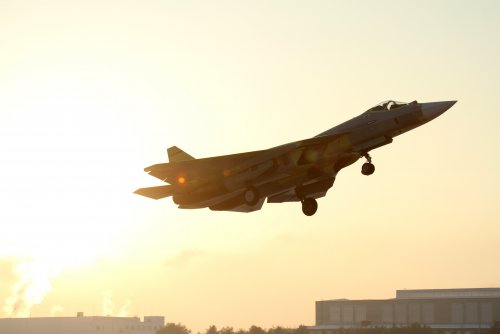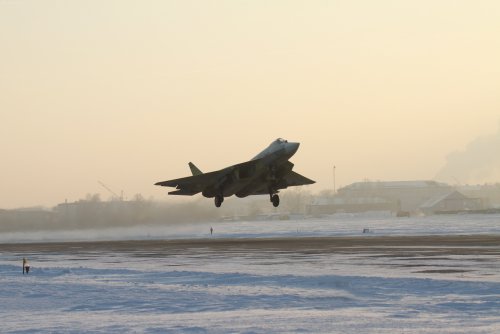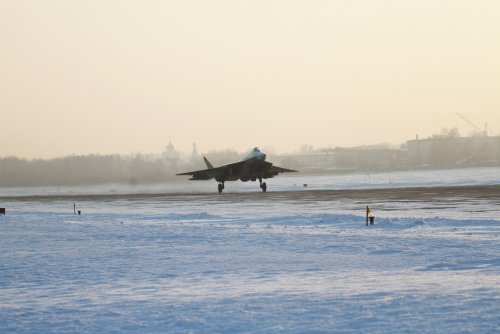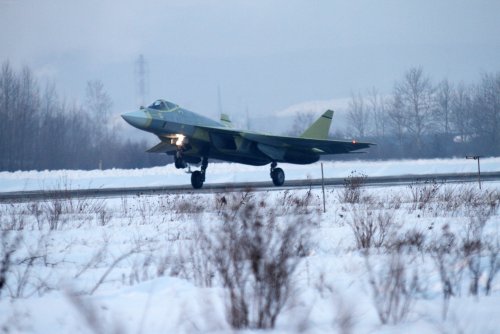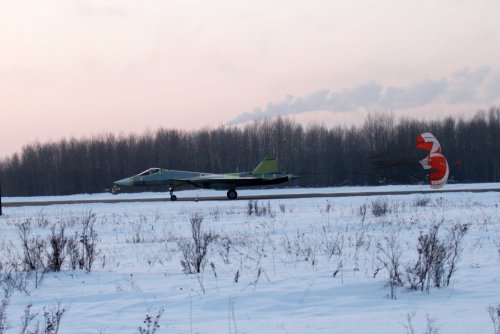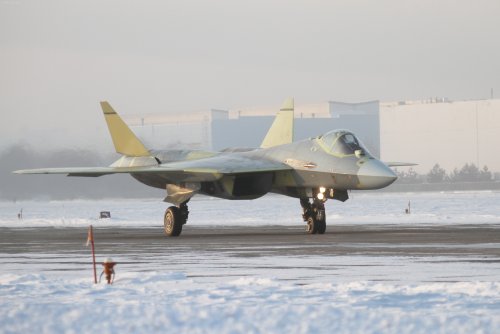The invention relates to the field of Aerospace Instrumentation, namely the command and status indication of the aircraft (LA). Technical result - enhanced functionality. To achieve this result, information and control system aircraft contains information-control field, on-board digital computer system, input-output unit, and exchange control, block the formation of flight and navigation options, database flight mission. Additionally, the system contains a power hub signal generation unit and integration for the display and reception of control actions, the control and monitoring obschesamoletnogo equipment, electronic control unit resistance, low-altitude flight software block, block group providing air navigation, the control account in the means of objective control and a control regimes. 3 Description: f-ly, 1 ill.
The invention relates to the field of aviation, namely the command and displays.
Known sighting and navigation equipment complex multifunctional aircraft (RF Patent 2282156), which contains interconnected input-output channel on-board data exchange an indicative information management system pilot, an indicative information management system of the operator, complex navigation and piloting of the complex surveillance and attack tools management system by means of resistance, on-board computer system, including interconnection of input-output on line computer information sharing computational logic modules, integrated database, navigation and formation flight parameters, formation attack and navigation options, forming the display information, input-output and control information exchange the other input-output is the input-output onboard computer system. In addition, the complex is equipped with the introduction of the onboard computer system computational logic modules mutual correction of navigation and impact parameters, mutual fusion navigation and impact parameters, the formation of the state of the aircraft available options, simultaneous co-ordinated use of countermeasures, input-output related to each other and computationally logic modules integrated database, navigation and formation flight parameters, input-output and control information exchange, form of attack and flight parameters and the formation of the information displayed on line computer information exchange.
Known sighting and navigation system multifunctional aircraft carrier-based and land-based (RF Patent 2276328), which contains the input-output interconnection via information exchange set multifunction indicators, head-up displays, television camera zakabinnogo review, of the operational management, a set of surveillance and attack tools with navigation and navigation tools, portable media source data management system by means of resistance, the computer system, including interconnection of input-output on line computer information sharing computational logic modules, integrated database, navigation and formation flight parameters, formation attack and navigation options, forming information is displayed, input-output and control information exchange, input-output of the last of which is an input-output computer system. The complex is also equipped with the introduction of the computer system computational logic modules virtual machine control, inertial-satellite mode of formation of the relative coordinates of aircraft position, exhibitions at the exchange rate on the mobile and fluctuating basis, the optimal use of resources, interconnected with each other and with computational logic modules combined base data, navigation and formation flight parameters, the formation of attack and flight parameters for the formation of information displayed, input-output and control information exchange on line computer information exchange.
The closest analogue is information and control complex aircraft (LA) (RF Patent 2232376), which includes interconnected input-output data exchange via information-control field, on-board digital computer system comprising interacting on computer information exchange channel input-output unit and exchange control, block the formation of flight and navigation options, database flight mission.
As disadvantages of the closest analogue, you can specify the following:
- The complex consists of functionally complete systems rather autonomously solve all the problems of the information for its sensors to output control information system to display signals in the control system of the aircraft and weapons. As a result, each of the information system has its own algorithms solving the problem, not taking into account information from other systems, an autonomous channel output to the display, its controls. Integrated use of information from other systems, with the exception of the problem of targeting one of the other, and the correction of satellite navigation systems (GPS) and radar (SAR), is practically implemented;
- The lack of information available on analog lines, so that blocks of ECC have limited information;
- The lack of display screen embedded processor designed for solving computational problems in addition to the formation of the display makes the complex actually nerabotospobnym failure VSK.
Object of the invention is to expand the functionality of the information management system, as a consequence, increase its effectiveness when used for multipurpose aircraft. Functionality information management system expanded by adding the following:
- Management obschesamoletnym equipment;
- Control of the systems of the CCD, CCA and SS, TSA;
- Comprehensive solution electronic warfare;
- Automatic and automatic control modes CCD systems, the CCA and the SS.
The problem is solved by the fact that information and control system of the aircraft, containing interconnected input-output channel for information exchange information-control field, on-board digital computer system comprising interacting on computer information exchange channel input-output unit, and exchange control, block the formation of flight- navigation parameters, database, flight plan is provided with a hub-unit signals and the introduction of the on-board digital computing system forming unit and integration of data for display and reception of control actions, monitoring and control unit obschesamoletnogo equipment, electronic control unit resistance, unit providing low-level flight, unit group provide piloting, recording control unit of the means of objective control, power management modes.
The system may further comprise an interconnected input-output channel information sharing external storage device.
The system may further comprise an interconnected input-output channel of information exchange unit conversion of television signals.
The system may further include the introduction of the onboard digital computer systems control unit of the aircraft.
The invention is explained by the drawing, which shows a block diagram of an information management system.
The proposed information management system (IMS) includes the following:
1. BPTS - unit conversion of television signals
2. DDT - an external storage device
3. IFM - information-control field,
4. BCS - block Hub signals
5. BTSVS - onboard digital computer system,
6. KIO - traffic channel,
7. VVUO - input-output unit, and exchange control,
8. FVIDIPUV - block the formation and integration of data for display and reception of control actions
9. Mowings - control and monitoring obschesamoletnogo equipment
10. FPNP - block the formation flight control and navigation options
11. SEC - control electronic warfare,
12. BDP3 - database of flight task
13. OMVP - unit providing a low-altitude flight,
14. OGSv - unit group provide piloting,
15. ULA - control aircraft,
16. UZSOK - control of the means of recording objective control
17. OBPiUO - block providing deployment and control arms,
18. BUR - control regimes
19. VKIO - computing traffic channel.
Unit conversion of television signals (BPTS) 1 is a device for receiving, switching, conversion and distribution in information-control field (IFM) 3 TV signals (images), arriving at its inputs, as in analog and digital form from BTSVS 5, CCD systems and TSA. BPTS 1 is connected to the output from KIO 6 FTI 3 and input / output 5 (BTSVS).
External storage device (TSD) 2 is a device that provides input information via removable media from the ground-based training, storage and issuing it to the onboard digital computer system (BTSVS) 5, documenting the results of IMS for subsequent rapid analysis. OVC 2 connected to CRO six input / output with BTSVS 5.
Information-control field (IPM) is a set of three board-indicator-controlled aircraft, which include, for example, multi-function displays (MFD), including those with built-in display processor (display-processor is a processor that can not only form an image, but also to solve computational problems), Multi-function IR-LEDs (IFPI), collimating light aircraft (KAI), the remote control and display. IPM 3 is connected to the input to the CRO 6 BPTS 1 and I / O with BTSVS 5 and BCS 4.
Hub unit signals (BCS) 4 is a device designed to receive analog signals GOST 18977-79 from the systems of the aircraft, teams of government, converting them to a digital format, as well as the reception of signals in digital form and the issuance of an analog form on the valve. BCS 4 is connected to CRO 6 inputs / outputs with BTSVS 5 and ICZM.
Interconnectivity within the MIS is an information exchange via 6 (CRO). 1.4 blocks connected with their I / O to the CRO 6, which is also connected to input / output BTSVS 5.
In this case, input / output BTSVS 5 is in / out is part of the BTSVS 5 Block IO and control exchange (VVUO) 7, and the other input / output VVUO 7 is connected to the internal computing traffic channels 19 (VKIO), which also connected I / O computational logic blocks 8-18, comprising the BTSVS 5, and which is used for data exchange between these blocks.
Channels 6 and CRO VKIO 19 are known lines of communication and information exchange, such as the serial code to a parallel code, multiplex and others.
VVUO unit 7 is known coupler calculator with links, to receive, control and delivery of information.
8-18 units in the form of computational logic modules that are placed on single calculator.
The processing unit and data integration for the display and reception of control actions (FVIDIPUV) 8 produces forming and delivery on VKIO VVUO 19 through 7 in FTI KIO 3 to 6 to display information from the systems on-board equipment (CCD), obschesamoletnogo equipment (CCA) and the power unit (SU) (CCD, CCA and SU are not shown in the figure), and the reception, processing and distribution in other computational logic modules (such as FPNP 10 mowings 9 ULA 15, BUR, 18, etc.) parameters of the control actions pilot.
Sequence controller obschesamoletnogo equipment (hay crops) 9 analyzes the state of the systems of the CCA and SS, as well as automatic and automated management of these systems.
Block the formation of flight and navigation parameters (FPNP) 10 calculates the parameters of the state of the aircraft, including its coordinates and orientation parameters of movement, building flight paths.
The control unit electronic warfare (SEC) 11 provides for automatic or automated command and control of the means electronic countermeasures (ECM), electronic intelligence (RTR), electro-optical countermeasures (EIA) and ejection device (HC), automatic decoys (ALC), radar (RLS) in the provision of personal, individual and group mutual defense aircraft, including the failure of the equipment, and errors in the actions of the crew (REP, RTR, ALC, the radar in the figure not shown).
Database block flight mission (BDPZ) 12 provides access to the flight plan data (PD), data at the request of the PP units that use them, ensuring synchronization of read-write data PZ, PZ data changes: adding, deleting, editing, Integrity Control PP.
Unit providing a low-altitude flight (OMVP) 13 ensures that the low-altitude flight task mode (MVP) for digital map (MSC) where the signals for automatic control VKIO VVUO 19 through 7 in the automatic control system (ACS) (not shown in the figure) on the CRO 6.
Unit group provide piloting (OGSv) 14 provides an implementation group piloting mode using information systems on board the aircraft to determine the relative position of aircraft.
The control unit aircraft (ULA) 15 provides for the formation parameters for manual and automatic control of director aircraft and engine thrust on information from the computational logic modules such as FPNP 10 OMVP 13, 17 and other OBPiUO VKIO to 19 and from ACS, a system of restrictive signal (SOS), Air Data System (SHS) (not shown in the figure) on the CRO 6.
The control unit of the means of recording objective control 16 (UZSOK) provides delivery to external recording facility (not shown in the figure) of the exchange parameters of computational logic modules and external systems CRO 6.
Block software deployment and management of weapons (OBPiUO) 17 provides a solution to the problem of military use of air weapons (TSA, the figure not shown) with the intellectual support crew, management regimes and the reconfiguration of operational use.
Block mode control (BUR) 18 controls the operation of the agreed systems of the aircraft avionics and computational logic modules BTSVS 5.
ISC works as follows.
Measured data from the CCD systems (flight-navigation, speed-air options, goals, and their characteristics, the state weapons control, and information received from the means of communication, etc.), CCA (voltage tire pressure in the cabin, the parameters of the state of the chassis, etc.) and SU (engine speed, fuel, etc.) in digital form comes through CRO 6, block 7 in VVUO VKIO Highway 19, then to the input of 8-18. Measured data from the CCD systems, CCA and control systems in analog form goes to the BCS 4 and through CRO 6, block 7 in VVUO VKIO Highway 19, where the inputs of the blocks 8-18.
To the input of BPTS 1 to 6 comes KIO television information in digital form from the CCD systems, TSA and BTSVS 5. Command of BTSVS 5 coming on CRO 6 BPTS 1 performs the following image processing: combining multiple images, clipping on a given format, the increase - and for CRO 6 shows the input of ICZM.
In unit 2 is set OVC removable media, after which the teams from BDPZ 12 information on CRO six BDPZ to the input 12. BDPZ 12 to issue its request for VKIO 19 to the inputs of other blocks BTSVS 5. If necessary, power BTSVS 5 can change the information and transmit power BDPZ 12 to refine the data stored there. And in-flight writes to the OVC 2 to 6 KIO different information on BTSVS five blocks used for analysis after the flight.
CDI unit 3 receives the input information on CRO six BTSVS of 5, 4 and BCS systems, CCD, CCA and HSA and takes over the controls embedded commands from the pilot and transmits them to the input of the CRO 6 BTSVS 5 and CCD systems, CCA and TSA. In the standard configuration (no fault blocks MIS) 3 FTI works with information coming from BTSVS 5. A built-in display processor allows in case of failure BTSVS 5 to give the information directly from the CCD systems, CCA and TSA, to solve problems of the display and, in part, control lines CRO 6, to the extent necessary to meet the challenges of the return and landing of aircraft. Also, this feature reduces the load CRO 6, allowing to transmit only the parametric information and commands to format the image, instead of passing a very large number of commands to drawing primitives (line, square, circle, etc.) and the characteristics of their display (color, fill, location etc.)
BCS unit 4 receives the input of information in analog form from the systems of the CCD, the CCA and the SU, ASP solutions for the problems of control and display and passes it on CRO six blocks to the inputs 5 and BTSVS FTI 4. In BTSVS 5 occurs processing of this information and the formation of the control actions transmitted by the input of the CRO six BCS 4, to convert them to analog.
All of the measured data on the orientation and spatial position of the aircraft, its position relative to other objects and surface flows through KIO VVUO 6 in block 7, where in VKIO line 19 to the input of FPNP 10. Information about the desired flight parameters (route, navigation points, given the course, etc.) enters the FPNP 10 through 19 of VKIO BDPZ 12. With built-in algorithms, with the features of serviceability and reliability of information systems FPNP 10 performs complex processing of flight and navigation information and provides it to the inputs VKIO 19 units 8, 9 and 11-18 and by 7 to VVUO CRO six other systems, such as radar, infrared detection system, flight control and navigation equipment and others.
FVIDIPUV unit 8 receives the input data for display on the aircraft systems, power BPTS 1, BCS 4, transmitted through KIO VVUO 6 through 7, and 9-18 units at VKIO 19. Shaping the packets according to the current operating mode and display FVIDIPUV 8 gives them VKIO 19 entry VVUO 7 for extradition on CRO 6 FTI 3. FTI is seen only three parametric information, and control the configuration of FTI 3. All tasks associated with drawing characters are settled in FTI 3 independently. Also taking into account the information received from OBPiUO 17 and IFM 3 FVIDIPUV 8 generates control exposure for BPTS 1. In providing responses to the command pilot FVIDIPUV 8 receives from FTI three control actions, which handles bound to the current state of IFM 3 and input to the other blocks.
Block mowings 9 receives the input by 19 VKIO information about the state of the CCD, CCA and Su from BCS 4 and directly from the systems KIO VVUO 6 through 7, and the parameters of the orientation and location of the aircraft FPNP 10. Given the pilot's coming from FTI KIO 3 to 6 via VVUO 7 and CCD regimes that BUR 18, Block 9 mowings are quantified and reported by 19 VKIO information about the state of the CCA and the SU to the input FVIDIPUV 8 and team management systems CCA and SS entry BCS 4 and CCA systems and control systems for the KIO VVUO 6 through 7.
UEP block 11 receives the input by 19 VKIO information of the direct or potential threat to the aircraft of the RAP, RTR, MEI state HC, ALC, TSA and teams from the commander of the group through VVUO 7 to CRO 6, the position of the aircraft and automatically FPNP 10 or automated Command pilot coming to the entrance by VKIO 19 of FVIDIPUV 8, generates control exposure to VKIO 19 for radar systems, RTR, rap, HC, ALC and APA through VVUO 7 to CRO 6.
OMVP block 13 receives the input by 19 VKIO information about the parameters of orientation and location of the aircraft from FPNP 10, about the current management of the aircraft from the unit ULA 15, given characteristics of the route, and, if available, digital terrain maps (MSC) from BDPZ 12. Given the terrain at a given point of the entire region, OMVP 13 generates control parameters plane to ensure a low-altitude flight, and passes them on VKIO 19 ULA 15, and on display in FVIDIPUV 8.
OGSv block 14 receives the input by 19 VKIO information about the parameters of orientation and location of the aircraft from FPNP 10, about the current flight control from ULA Block 15, on the route given characteristics and parameters of the FGP BDPZ 12 and group combat employment of OBPiUO 17, command information from the complex communications (KSS, the figure is not shown), the location of other aircraft relative to this from RSBN (not shown in the figure) on the KIO VVUO 6 through 19. Based on the information received OGSv 14 generates and transmits to the input VKIO 19 ULA 15 control actions for the aircraft and pilot information for the input FVIDIPUV 8, group combat employment entry OBPiUO 17 and into interacting through LA VVUO 7 to 6 with KIO KCC.
ULA unit 15 receives the input by 19 VKIO information about the parameters of orientation and location of the aircraft from FPNP 10, of the given characteristics of the route from BDPZ 12, the relative positions of the interacting objects from OGSv 14 and the current value of the control parameters in ACS VVUO 7 to CRO 6. Based on this information, based on data from the 15 and OMVP regimes from BUR 18 generates signals for automatic, manual and director of a flight control for the task and avoid a collision with the ground, interacting LA or shrapnel. The control parameters are passed by VKIO 19 on entry and through VVUO 7 to 6 on the CRO input ACS.
UZSOK block 16 receives the input parameters for VKIO 19 interconnect sharing of computational logic blocks BTSVS 5 and CCD systems, the CCA and the SU, TSA through VVUO 7 to CRO 6. Interconnect options exchange on computational logic blocks BTSVS 5 may come as a piecemeal list and already formed into sets. Of the men separately parameters on computational logic blocks BTSVS 5 and CCD systems, the CCA and the SU, TSA UZSOK 16 sets of forms that are queued up and passes on VKIO VVUO 19 through 7 to 6 on the KIO loggers.
OBPiUO block 17 receives the input by 19 VKIO information about the parameters of orientation and location of the aircraft from FPNP 10, given characteristics of combat use of BDPZ 12, the restrictions imposed on the operational use of UEP OMVP 11 and 13, on the parameters of control of the aircraft 15 and ULA VVUO through 7 to CRO 6, the actions of a group of aircraft in the CMP and the availability and status of the TSA and TSA weapon control systems (SRS, the figure is not shown). Automatically, automated or manually by the pilot, received from FVIDIPUV 8, taking into account the mode of targeting BUR 18 forms for TSA and the team on operational use and gives out 19 through VKIO VVUO 7 to 6 in the KIO TSA, MSA, radar, optical location station (OLS, the figure not shown) and complex communication.
BUR block accepts a 19 VKIO on information from the navigation mode FPNP 10, on a given route from BDPZ 12, of compressing the chassis of the mowing of 9 modes of combat use of OBPiUO 17, requests to perform a low-altitude flight from OMVP 13 and produces shaped mode work to all interested consumers, such as FVIDIPUV 8 FPNP 10, SEC 11, OGSv 14 OBPiUO 17 and others.
Claim
1. Information and control system of the aircraft, containing interconnected input-output data exchange via information-control field, on-board digital computer system comprising interacting on computer information exchange channel input-output unit, and exchange control, block the formation of flight and navigation options, database flight task, characterized in that it is provided with a block hub signals and the introduction of the on-board digital computing system forming unit and integration for the display and reception of control actions, monitoring and control unit obschesamoletnogo equipment, electronic control unit resistance, providing a low-altitude flight unit, unit group provide piloting, recording control unit of the means of objective control, power management modes.
2. The system according to claim 1, characterized in that it comprises interconnected input-output channel of information exchange external storage device.
3. The system according to claim 1, characterized in that it comprises interconnected input-output channel of information exchange unit conversion of television signals.
4. The system according to claim 1, characterized in that it comprises the introduction of the onboard digital computer systems control unit of the aircraft.

